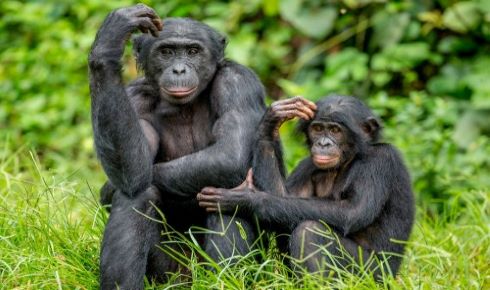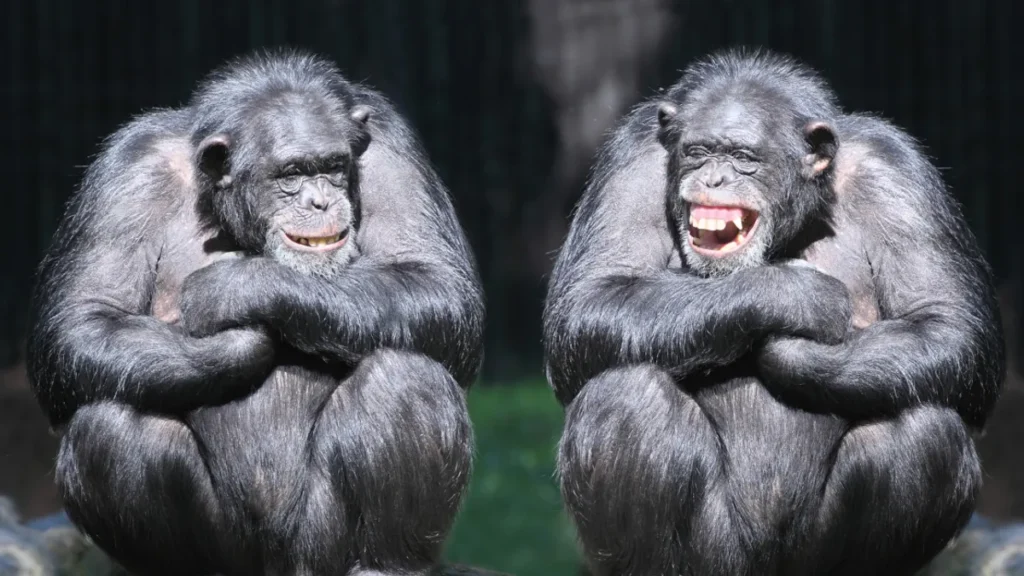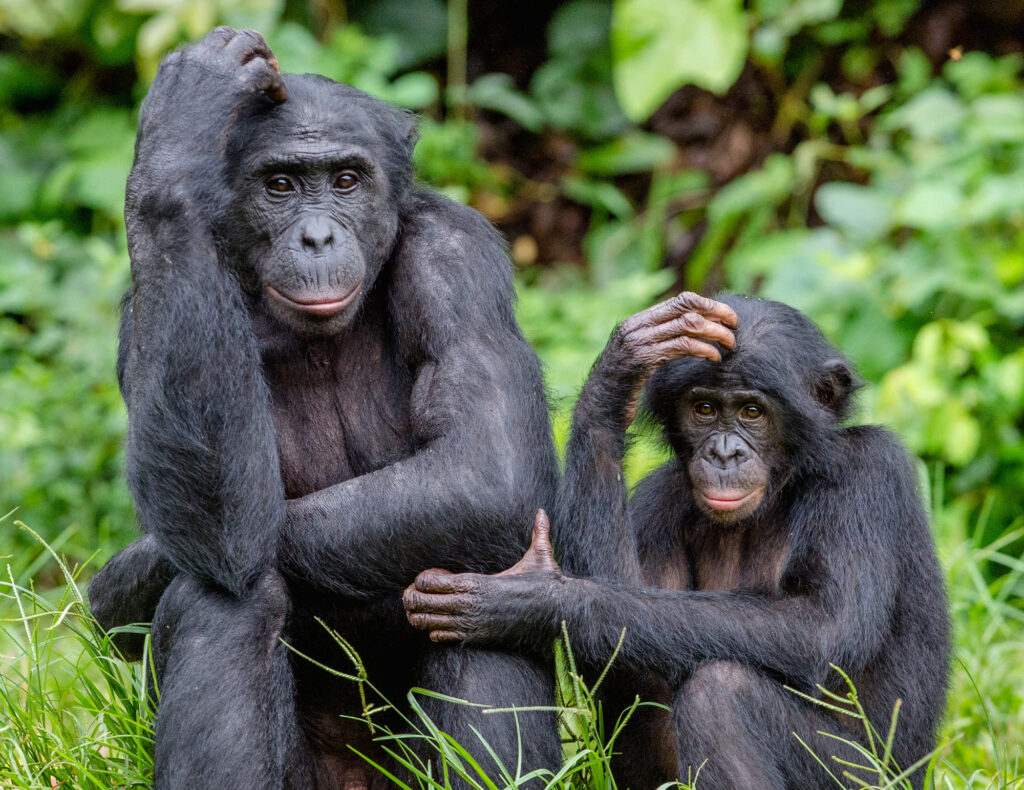Humans have come a long way since Jane Goodall’s groundbreaking research. The famed primatologist studied similarities between human interactions and those of other primates like apes. Now, a recent study has shown that humans can understand apes’ sign language.
Great apes deploy more than 80 signals to communicate practically every activity, according to a study published in the journal PLOS Biology.
These gestures include raising their arms, which could signal grooming or hunger; “big loud scratch,” which could mean that another primate should remove insects or dirt from their hair; shaking an object, which could signal sex; and touching, which could mean “climb on my back” or “give me that food”.
The experiment and results
Researchers from St. Andrews’ School of Psychology and Neuroscience in Scotland used data from over 5,000 participants who watched 20 online clips which showed gestures made by a bonobo or a chimpanzee but without the response it triggered. The participants had to select the correct answer from a series of multiple choice options.
The researchers chose 10 of the most prevalent gesture types that had previously been discovered to have significance for both chimpanzees and bonobos. To make it easier for inexperienced viewers to recognize the gestures in the video, they were each accompanied by a brief example of the gesture.

A “video only” game with one line of context explaining what the apes were doing prior to making a gesture were randomly assigned to each participant.
This type of comprehension study has been used to test the human language comprehension of nonhuman species, but this time the model was reversed.
The individuals were found to be able to effectively interpret the chimpanzee and bonobo gestures with over 50% accuracy. This is double what is anticipated by chance, according to one of the study’s authors, Kirsty E. Graham. Some motions, such the “mouth stroke” (which means “give me that food”) and the “great loud scratch,” had success rates of up to 80%.
What do the results convey?
These results, according to Kirsty Graham and Catherine Hobaiter, convey the idea that gestures play a pivotal role in the evolution of human language. Additionally, the results suggest that these gestures could have been used by our last common ancestors.
This breakthrough could lead to fluid communication between humans and apes. What a marvelous sight that would be!






